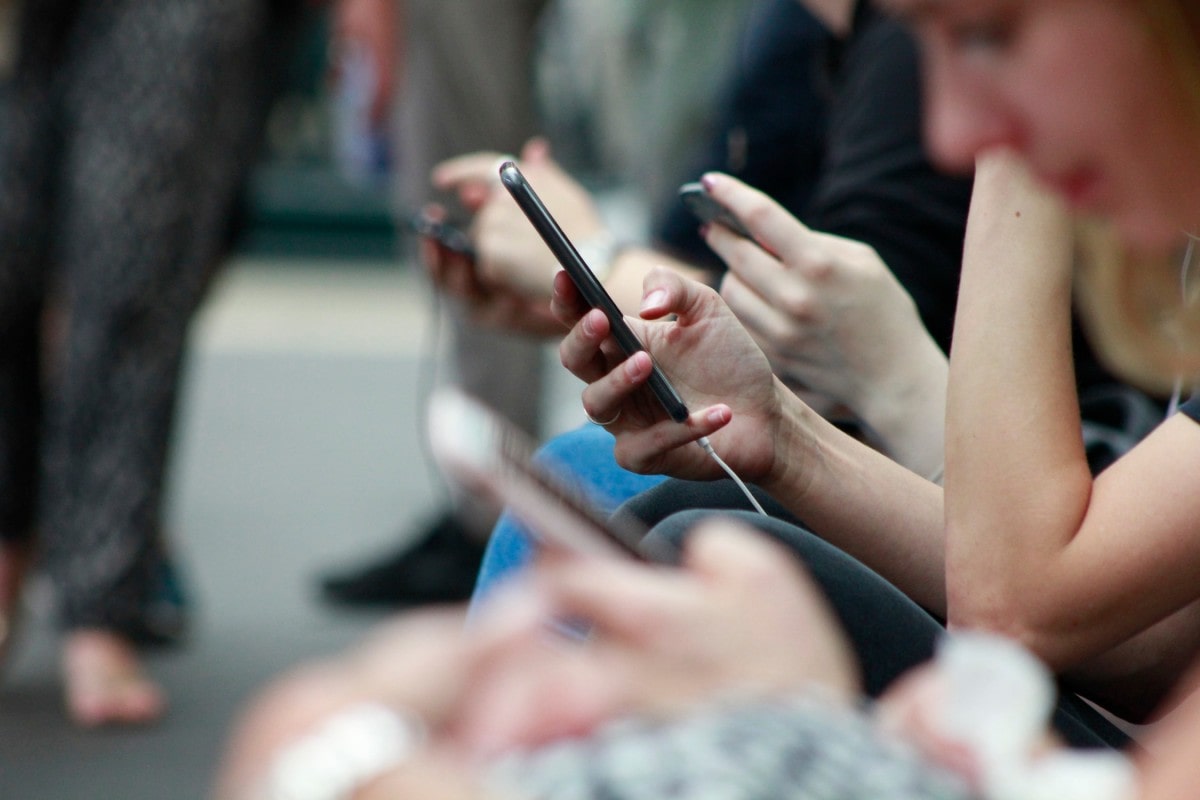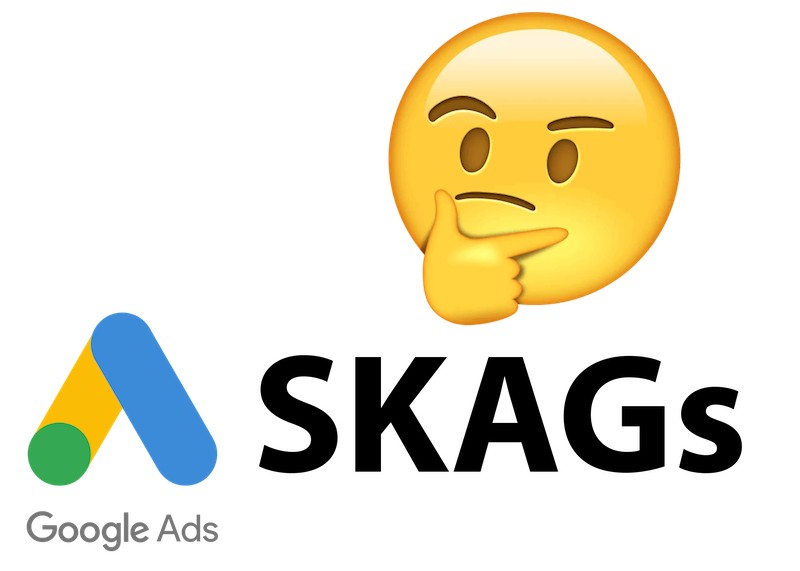
Is Influencer Marketing Really Worth It?
For years and for as long as we’ve known, word-of-mouth has proven to be the most effective way of advertising for a product or service. Before answering the question, let’s go back to when the internet did not exist.
HISTORY OF INFLUENCER MARKETING
For the benefit of the common people, the Queen and the Pope endorsed medicine. Back then, the use of medicine was not common. They were the first influencers known to mankind. Fast forward to 1890, Nancy Green was the face of a pancake mix called “Aunt Jemima”. She was the first African American to influence a whole generation of buyers to use a ready-made pancake mix. Moving to 1905, Roscoe “Fatty” Arbuckle started endorsing Murad Cigarettes, which is a Turkish cigarette brand. This is when a celebrity endorsement began. In 1931, a well-known lovable figure, Santa Claus, became a part of Coca-Cola’s advertisement. This is when people found a connection between the figure representing the brand and the brand itself. If people loved or trusted the image/influencer, they will most likely try the brand. Fast forward to 1950, the Marlboro Man was introduced. He was the symbol of being “macho”. It all started snowballing from there for Marlboro. They noticed that their sales had skyrocketed and this “macho” image that was tied to smoking shaped a whole generation of smokers.
Come 2010, social media took on the world by waves and people, brands, and companies started realizing its potential for business. Facebook, YouTube and Instagram captured everyone!
Suggestions among family and friends took place and people trusted reviews. Normal people started creating blogs wherein they would recommend a product or service they tried and worked. YouTube review videos became prominent as people were given the chance to show a product or service unfiltered, as it is. Brands and companies saw potential in social media, influencers, and celebrities/public figures. The idea of reaching millions of viewers and gathering millions of reach and impressions through a small budget (compared to the traditional advertising or marketing ways through TV, radio or billboards) was extremely efficient and effective. Taking a figure trusted by thousands and even millions helped them reach more consumers than ever. A brand based in Africa or the Middle East could reach people in all corners of the world resulting in increasing word-of-mouth and eventually in sales.
INFLUENCER MARKETING IN NUMBERS
As we step into a new decade, studies and researches were made to predict what the future holds for social media and influencer marketing!
- Market analysts predict that the influencer marketing industry will be worth north of $15 billion by 2022, a rise from $8 billion in 2019.
- TikTok is a fast-growing influencer platform with over 1 billion active users in 2019.
- Nano-influencers (less than 1,000 followers) on Instagram have higher engagement rates (7.2%) than mass influencers (more than 100,000 followers).
How do you measure the success of influencer marketing in comparison to traditional marketing? A study was performed using the 4 most important aspects of measuring success for marketing.
- Reach:
Almost all millennials and Gen Z are glued to their phones and rarely look up at billboards or read newspapers. An average adult reaches for their phone 30x a day and millennials check their phones more than 150x a day! That’s a ratio of 1:5.
This is where influencer marketing takes a distinctive edge to traditional marketing, as more people are focused on their phones and check apps more than look up at billboards or read newspapers or magazines!
- Budget:
Influencer marketing is quite cheap in comparison to traditional marketing (TV ads or huge billboards). Traditional marketing usually takes up so much time in planning and money when it comes to execution. Depending upon the influencer and the channel, cost varies. On average $1000 for a post and a story for influencers with 100K followers on Instagram, $500 for a Snapchat promotion of 24 hours and $2000 for a YouTube channel.
- Return on Investment (ROI):
An average lead generated by a traditional marketing campaign cost around $370. This is by far a considerable investment. On the other hand, influencer marketing generates 11 times better ROI as compared to all of the other digital marketing channels.
- Channels:
The channels you can use for traditional advertising are Billboards, TV commercials, Radio Ads, and Print Media. The channels you can use for influencer marketing: Facebook, Instagram, YouTube, Snapchat, Tiktok, Twitter, and different online blogs.
INFLUENCER CATEGORIZATION
How influencers are categorized is also crucial to having successful influencer marketing. Taking into consideration each influencer’s character makes a huge difference to each brand’s identity. Choosing the influencer that best fits your brand falls under 2 categories; Niche and Reach.
Niche is considered the most important factor in categorizing whether the influencer’s identity fits in with the brand! This is where brands see whether the influencer’s segmented market appeals to what the brand’s target market. The second comes to Reach which shows the influencer’s capacity to engage the brands' target audience.
In 2020, studies have also shown that micro and mega influencers aren’t the only ones who have the potential to engage their followers but also micro ones! Brands have started to engage with small and diverse influencers as they’ve shown high levels of authenticity and engagement. This is where quality wins over quantity.
THIS BRINGS US TO THE IMPORTANT QUESTION: IS INFLUENCER MARKETING WORTH IT?
The simple answer is: yes. Market trends and future projections in social media have shown that they are and will continue to be positively correlated. This will always be positively correlated so long as influencers continue to build trust and loyalty amongst themselves and their followers/audience.
Popular Posts
-

Is Influencer Marketing Really Worth It?
July 19, 2020
-

Top 5 Ways to Improve Engagement with Fo...
June 23, 2020
-

10 Key Tips for Writing Online
March 15, 2020
-

Guide to Strategizing and Distributing C...
August 29, 2019
-

To Skag Or Not To Skag
August 18, 2019

COMMENTS
Leave a Comment